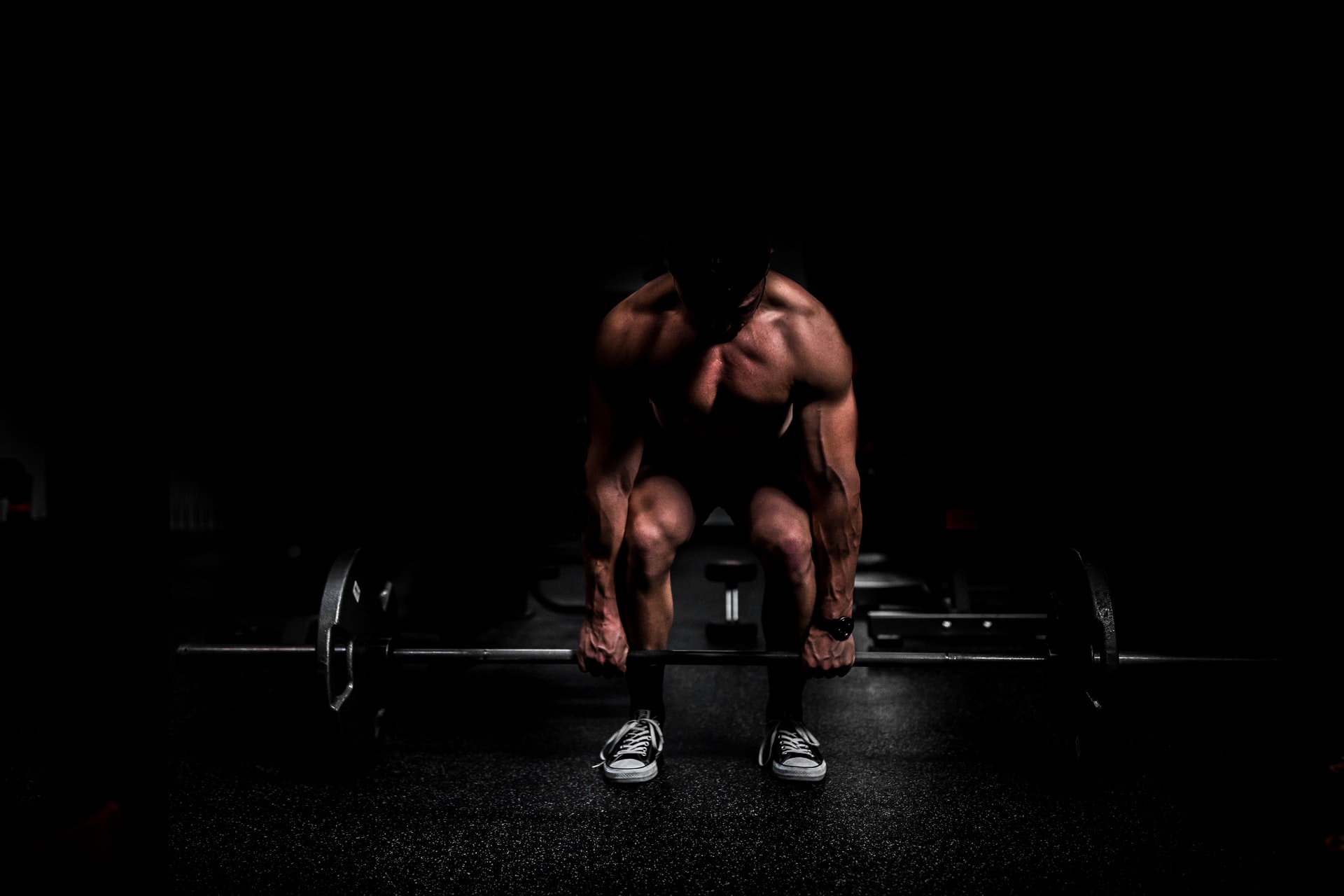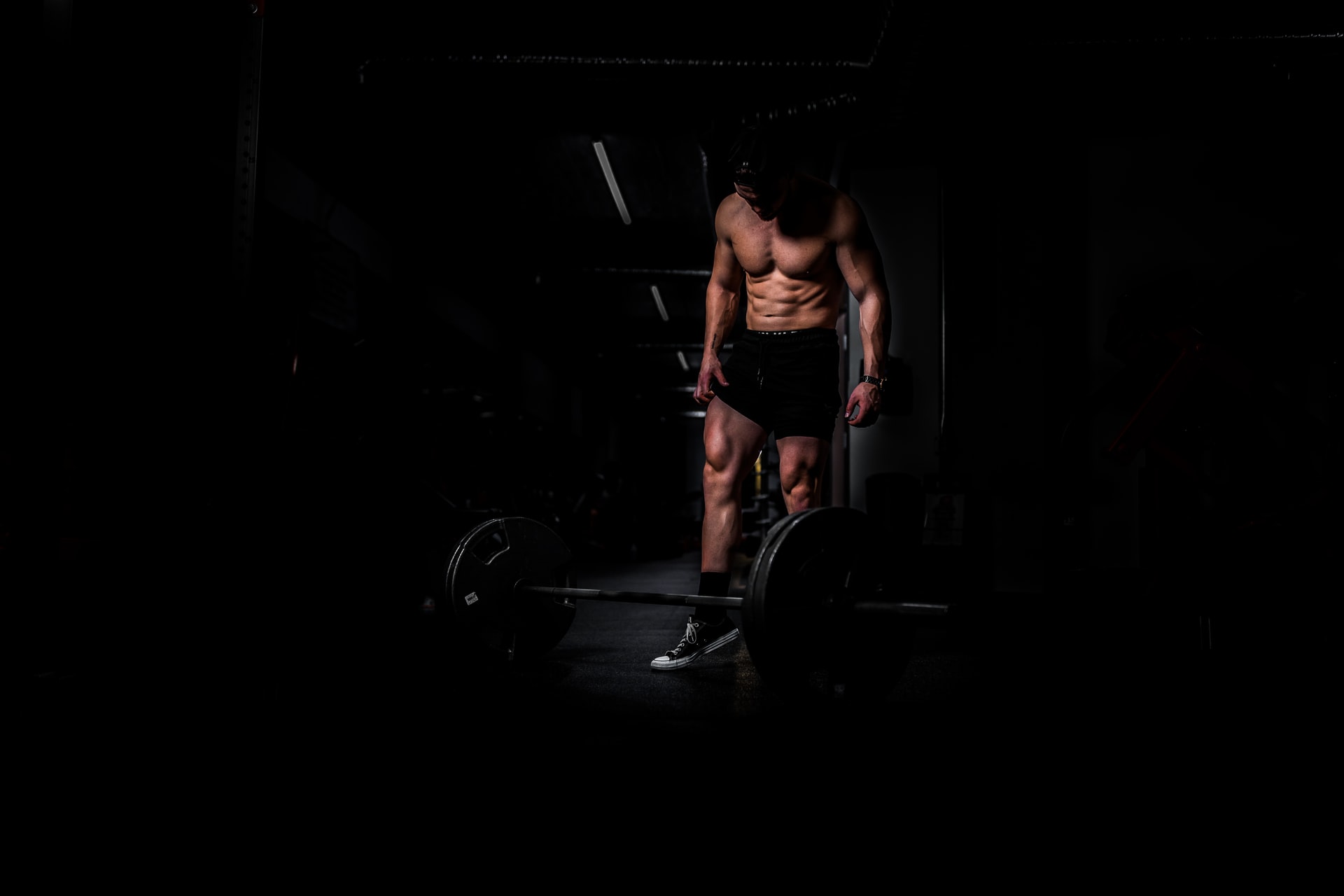Anabolic steroids have a variety of health benefits, including increased pain tolerance, physical strength, and muscle development. As a result, steroids have the potential to be utilized to treat a wide range of ailments, diseases, and health problems, including sports injuries.
Injuries in Sports
Accidents, improper warm-up, poor technique, and overexertion are all causes of sports injuries. While participating in sports, almost any portion of the body can be harmed. Muscles, bones, tendons, joints, and connective tissues can all be injured, but ankles and knees are particularly vulnerable.
A modest sports injury is often treated by resting the injured body part for the first 72 hours. Ice can be used to minimize swelling, and pain relievers like ibuprofen or Tylenol/paracetamol can help with the pain produced by the injury.
Medical practitioners may recommend an individual to specialised care, such as physiotherapy, for more serious ailments. Some major sports injuries may necessitate surgical intervention, such as the repair of fractured bones and torn ligaments.
Sports injuries can be avoided by taking the essential precautions before preparing for or participating in activity. Allowing the body to respond to the start or conclusion of exercise can be aided by warming up before and cooling down after exercise.
Learning good technique for a specific activity, as well as employing the suitable equipment for the exercises being performed, decreases the risk of injury.
An individual should also be aware of their current fitness level and limits in order to avoid injuring oneself by overexerting themselves.
 What are anabolic steroids, and how do they work?
What are anabolic steroids, and how do they work?
Anabolic-androgenic steroids are testosterone cypionate for sale derivatives that are synthesized. Anabolic steroids have a wide range of applications in medicine and sports.
Steroids can be used by doctors to treat hormonal problems such delayed puberty and hypogonadism (testosterone deficiency syndrome).
Steroids can also be used to treat disorders like cancer, peripheral neuropathy, multiple sclerosis, and AIDS that cause muscle loss. The following are some of the advantages of anabolic steroid use:
- Increasing the amount of lean body mass
- Body fat percentage reduction
- Muscle strength and power enhancement
- Pain tolerance is being improved.
- Enhancing the healing process after an injury
There are a slew of other side effects that come with steroid use. Some athletes abuse anabolic steroids to improve performance during sports because of their advantageous benefits.
The use of anabolic steroids can also have negative consequences, which include:
- Blood pressure that is too high
- Baldness in men is a common occurrence.
- Impotence and infertility for a short period of time
- Tendon rips are more likely to occur.
- Swings in mood
- Depression \sAggression
In healthcare settings, how effective are anabolic steroid treatments?
The beneficial effects of anabolic steroid use can be used to treat a variety of illnesses, diseases, and health conditions in healthcare settings.
Patients who are immobile for long periods of time are more likely to develop pressure ulcers. These ulcers, also known as bed sores, form when pressure is applied to the skin over bony areas of the body such as the hips, lower back, and elbows over an extended period of time.
Wound dressings and specially tailored beds/cushions that try to alleviate pressure on specific regions of the body are the most popular treatment options for pressure ulcers.
Anabolic steroids, which can increase muscle growth, may be a viable alternative to traditional therapy for this ailment.
A recent review analyzed a random controlled trial (RCT) to compare the effects of anabolic steroids with alternative treatments in order to evaluate the effects of anabolic steroids for treating pressure ulcers.
Participants with spinal cord injuries and severe pressure ulcers were divided into two groups for the study (one receiving steroids, the other receiving a placebo).
Although there were no negative side effects associated with the usage of anabolic steroids, there was also no evidence that they aided the healing of pressure ulcers, according to this study.
“Further well-designed, multicenter trials are needed to investigate the effect of anabolic steroids on treating pressure ulcers,” the researchers concluded.
Bell’s palsy is a kind of peripheral facial paresis (muscle weakness) in which the affected side of the face is partially paralyzed. The illness’s origins are unknown. The efficiency of steroid-antiviral and steroid-only therapies for Bell’s palsy was assessed using data from numerous RCTs and controlled clinical trials (CCTs).
A total of eight publications were examined for this evaluation (which included a total of 1,816 patients: 896 treated with steroid-antivirals and 920 treated with steroid-only). The steroid-antiviral group had an 83.6 percent recovery rate, while the steroid-only groups had a 76.8% recovery rate, according to the study.
These findings clearly suggest that both therapies are highly effective, with steroid-antivirals being the most effective.
This showed that medical experts should examine steroid therapies as a possible alternative to conventional Bell’s palsy treatments.
 Can Anabolic Steroids Help You Recover From Sports Injuries?
Can Anabolic Steroids Help You Recover From Sports Injuries?
Unfortunately, because some institutional review boards are hesitant to allow anabolic steroid usage in a non-clinical population, research into the effects of steroid use is limited.
As a result, the majority of studies on this topic are conducted on athletes who self-administer the medications. These athletes also take additional medications and drugs, which can have a variety of impacts, making the findings of these research less trustworthy.
Because of the sports and physical activities that these athletes participate in, they are more likely to sustain injuries, which could affect the study’s findings.
Animals have been used to test anabolic steroids as therapies for contusion and strain injuries. The researchers used rat models with repeatable muscular contusion injuries in this investigation. There were three groups: control, anabolic steroid, and corticosteroid.
The corticosteroid group initially demonstrated significant gains in twitch and tetanic strength, but these improvements later reverted, resulting in muscle degeneration. The anabolic steroid group showed no changes at first, but after 14 days, they had significantly improved twitch tetanic strength without muscle degeneration. The authors found that corticosteroids were beneficial in the short term but harmful in the long run, and that anabolic steroids could promote muscle repair and aid in the healing of muscle contusion injuries.
More research and reviews have emphasized the use of anabolic steroids in helping to rebuild damaged skeletal muscles following an injury. Anabolic steroids have been proven to aid in the recovery of snake venom-induced muscle injuries and improve the natural muscle repair process.
Anabolic steroids have also been demonstrated to be quite successful in helping to mend orthopedic injuries by directly assisting in skeletal repair and muscle repair, allowing for bone strengthening.

